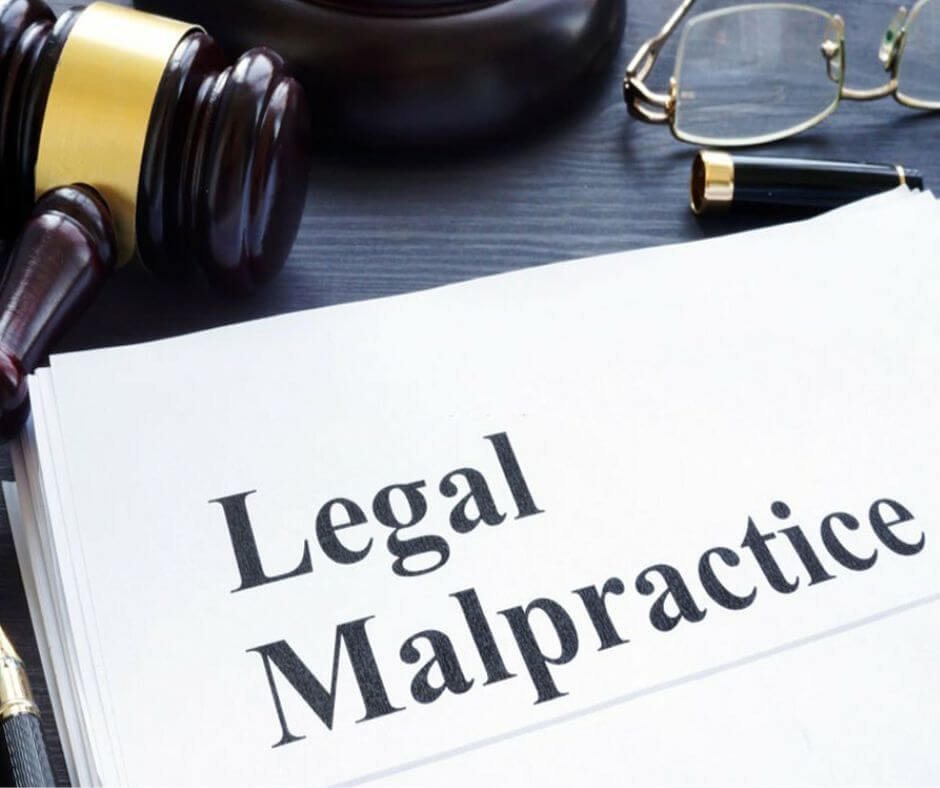Connecticut Legal Malpractice Statute of Limitations

The majority of attorneys do their best to meet your expectations and serve your needs, but there are some that make mistakes in representing you.
If that happens, you may have a case for legal malpractice, where you can recover compensation for the losses you suffer due to misconduct.
However, there are many legal requirements for bringing a cause of action against your lawyer and one of them is a time restriction known as the statute of limitations.
Under the Connecticut legal malpractice statute of limitations, you must file a lawsuit against a party within a specific period of time. If you miss this deadline, you are forever barred from pursuing that individual or entity for compensation.
Because legal malpractice claims involve many complexities, you should discuss your situation with an experienced Connecticut legal malpractice attorney. The answers to some common questions below may also help
Please don’t hesitate to contact us online or call (860) 561-0651 today for a consultation.
What is Connecticut’s Statute of Limitations on Legal Malpractice?
The state law restricting the amount of time you have to file a malpractice lawsuit falls under the general tort statute of limitations (Sec. 52-577) in Connecticut.
You have three years from the date of the alleged misconduct to initiate litigation. There are certain exceptions that extend this statute of limitations, but they are limited in scope.
It is wise to take action quickly and avoid delays, so there are no issues with your claim as this legal malpractice deadline approaches.
Exceptions to the Connecticut Legal Malpractice Statute of Limitations
As stated above, certain exceptions apply that can extend the Connecticut statute of limitations for legal malpractice and give you more time to file your malpractice claim. Our qualified team of legal malpractice lawyers can help you understand how those exceptions may apply to your individual case.
Continuous Representation Doctrine
A legal malpractice claim arises when the client suffers harm due to their lawyer’s misconduct. Typically, legal representation spans over the course of months or even years. If a lawyer commits malpractice early in the attorney-client relationship, the client may not discover their misconduct until later down the road.
The continuous representation rule says clients may “toll” or pause the statute of limitations if they can show:
- The attorney continued to represent them regarding the same underlying matter, and
- The client was unaware of the alleged malpractice or the attorney could have diminished the harm caused during the continued representation period.
The party alleging legal malpractice is responsible for proving that continuous representation existed. (Sec. 52-577)
Continuing Course of Conduct Doctrine
Under the continuing course of conduct doctrine, the statute of limitations for legal malpractice does not begin to run until the course of conduct is completed. For example, if an estate planning attorney routinely advises their client on adjusting their estate plan and distributing their property, the attorney owes a continuing duty to effectuate the wishes of their client throughout the course of the representation. The plaintiff must show a breach of duty that remained in existence after commission of the original wrong. This exception only applies in specific circumstances, so contact a member of our team so we can review the details of your case.
Malicious Prosecution Claims
In a legal malpractice claim alleging malicious prosecution, the cause of action arises when the criminal charge is dismissed, not on the date of arrest. This differs slightly from the typical scenario where the cause of action begins the three-year clock. The prosecutor admitting they cannot prove the charges against you triggers the statute of limitations.
Contact a member of our team today to see if an exception to the Connecticut legal malpractice statute of limitations applies to your case.
Are There Other Factors Involved With a Legal Malpractice Claim?
In addition to complying with the statute of limitations, you must prove the required elements of a legal malpractice case in order to succeed on your claim.
You must establish:
- That the attorney failed to exercise his or her duty to represent you with the care, skill, and diligence that other lawyers in the same position would have, and that breach of this duty constitutes negligence that was a proximate cause of your losses;
- You did actually suffer losses as a result of the breach of duty; and,
- You would have prevailed in a case or avoided negative consequences were it not for the attorney’s negligence.
What kind of actions rise to the level of legal malpractice?
Not all mistakes amount to the sort of negligence that allows you to recover in a legal malpractice lawsuit.
Some actionable legal malpractice examples include:
- Your lawyer missed a critical deadline;
- The attorney engaged in sexual misconduct:
- There was co-mingling of your funds with another client’s;
- A failure to communicate, especially when the lawyer agrees to something on your behalf.
Contact an Experienced Connecticut Legal Malpractice Attorney About Your Case
The statute of limitations is just one factor involved with legal malpractice cases, and these matters also involve many other complicated laws and procedural rules. If you have questions or want to know more about your legal options, please contact StangerLaw LLC right away by sending an online message or calling (860) 561-0651.
Our professional malpractice lawyers have represented many clients throughout Connecticut, and we can help you recover compensation for your losses.